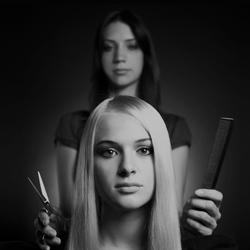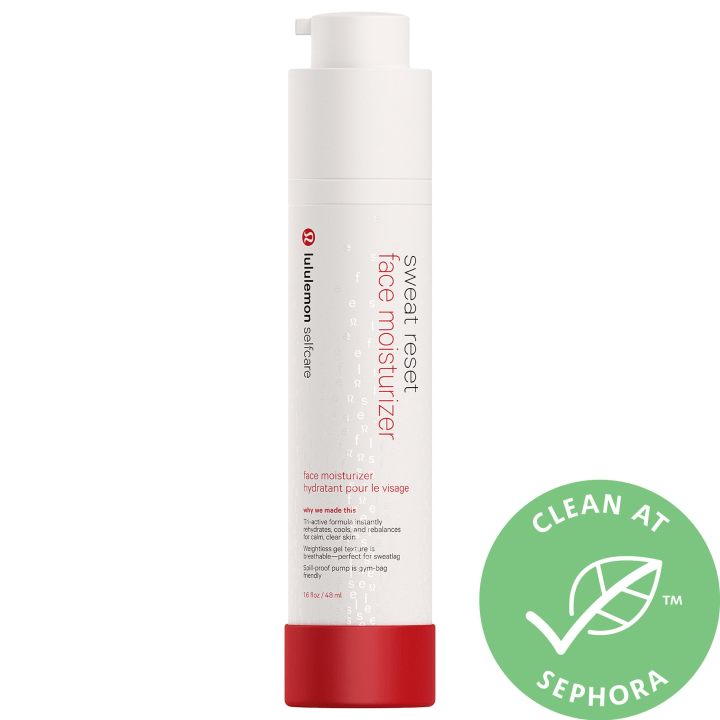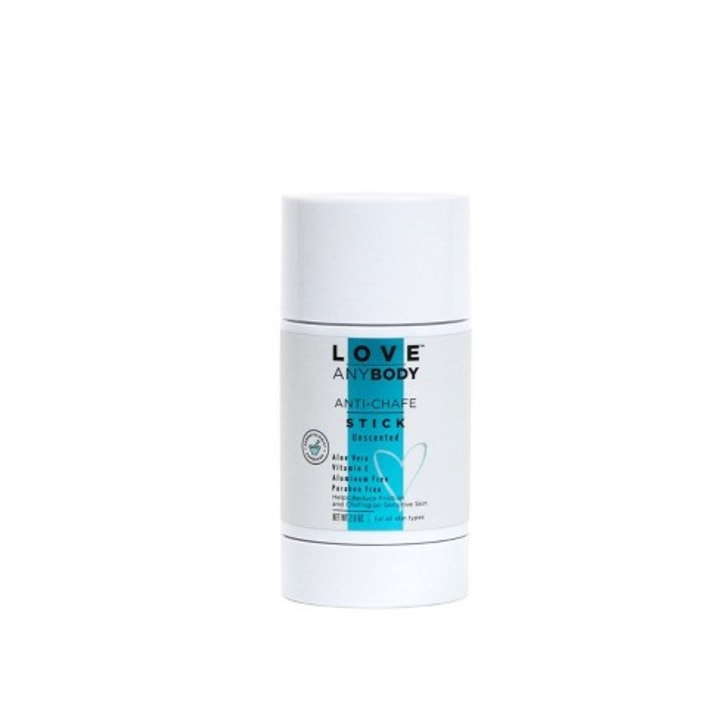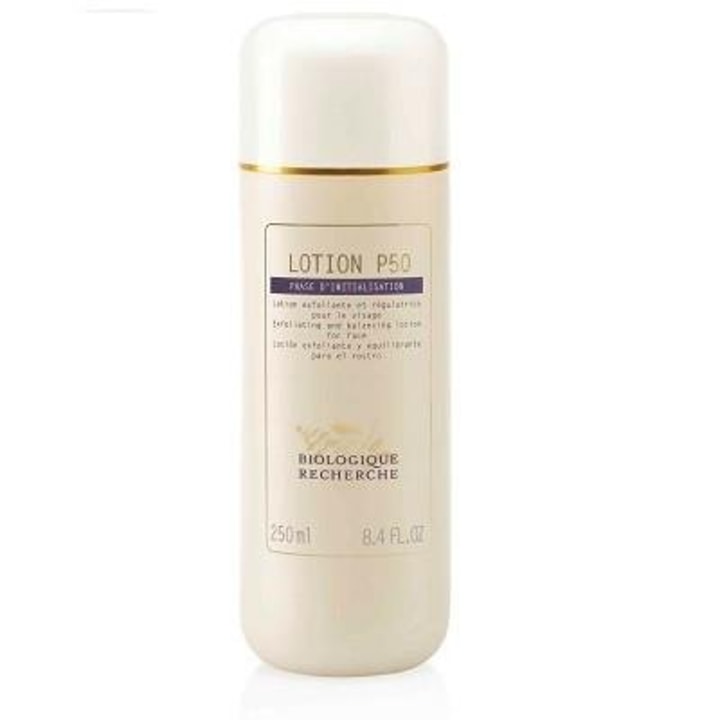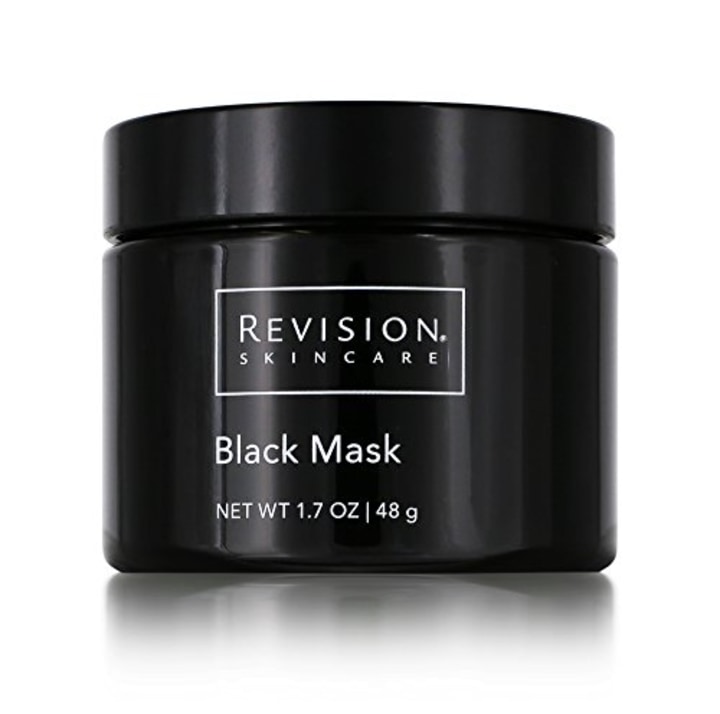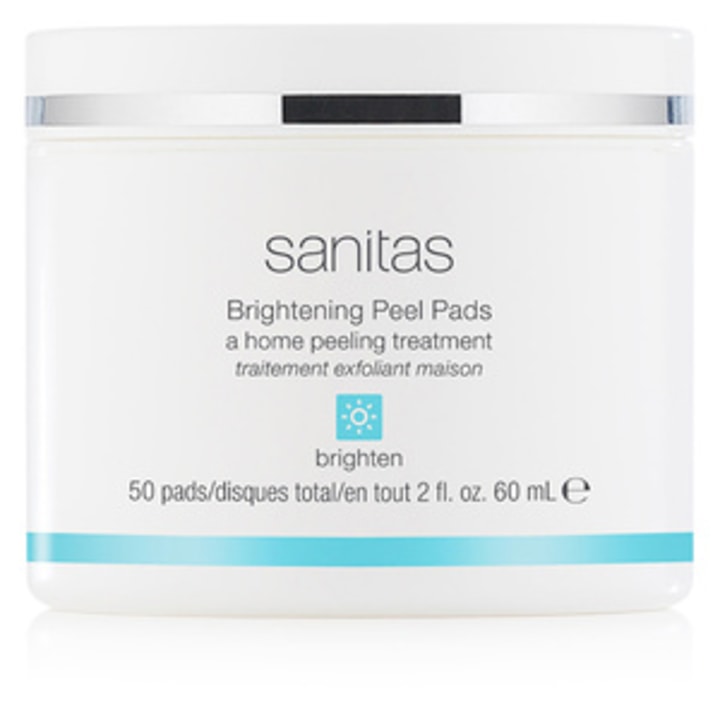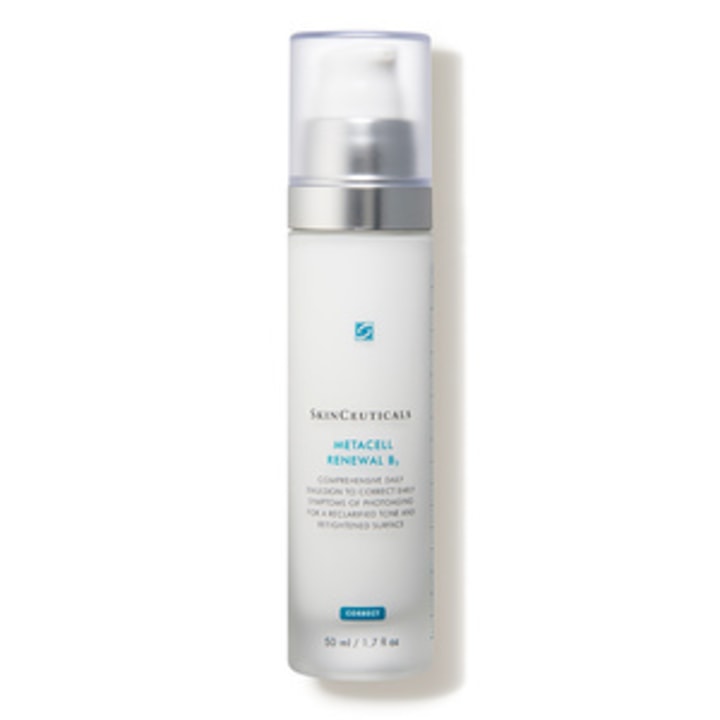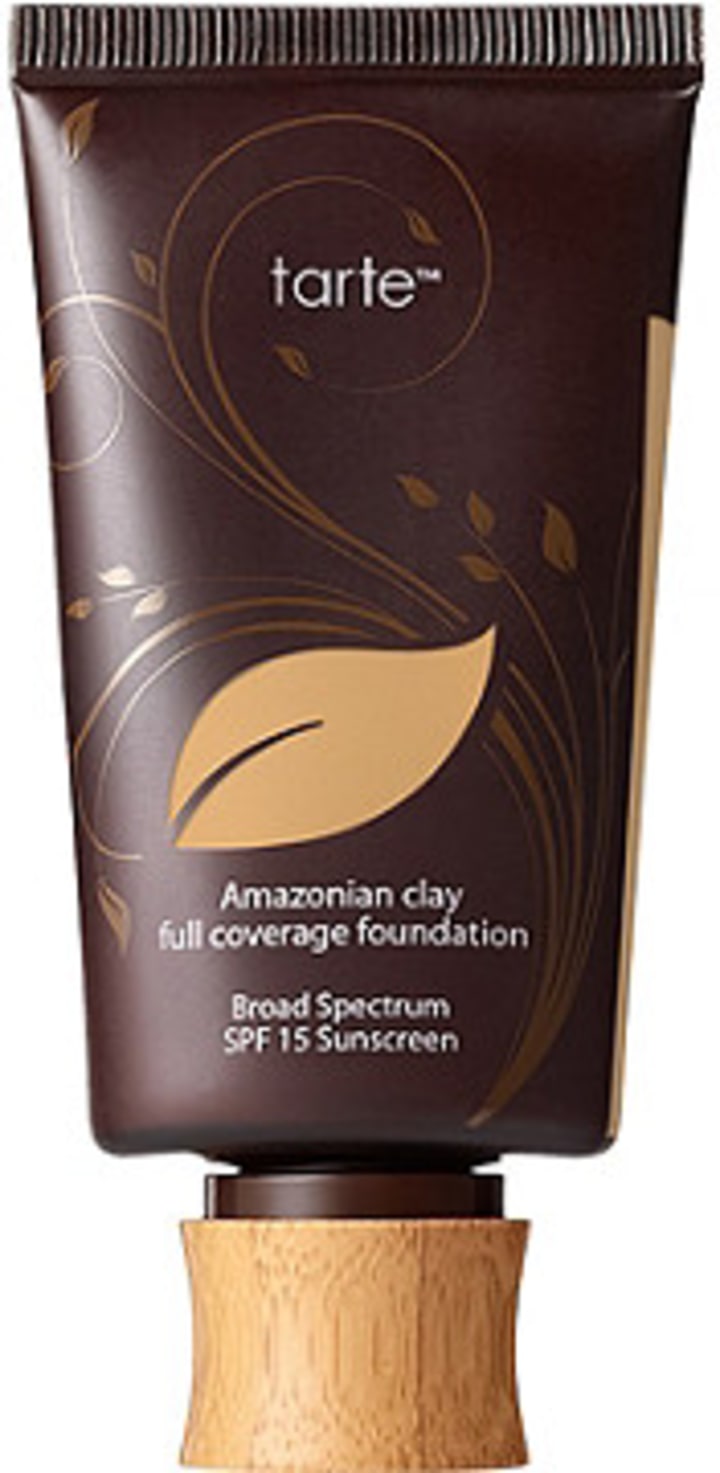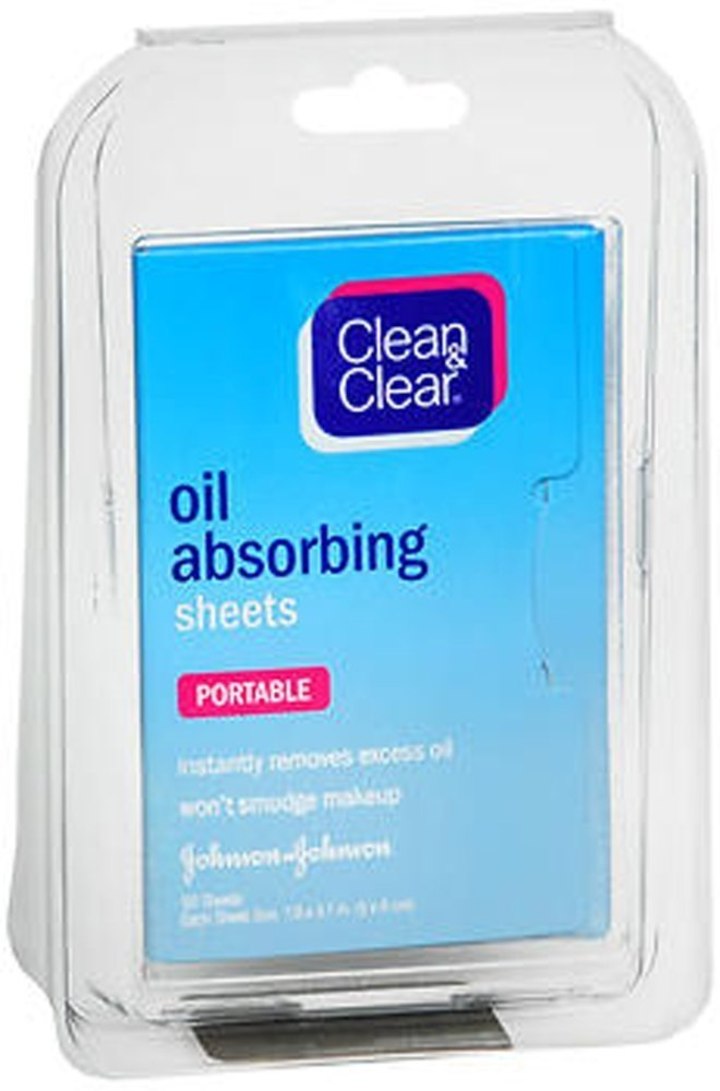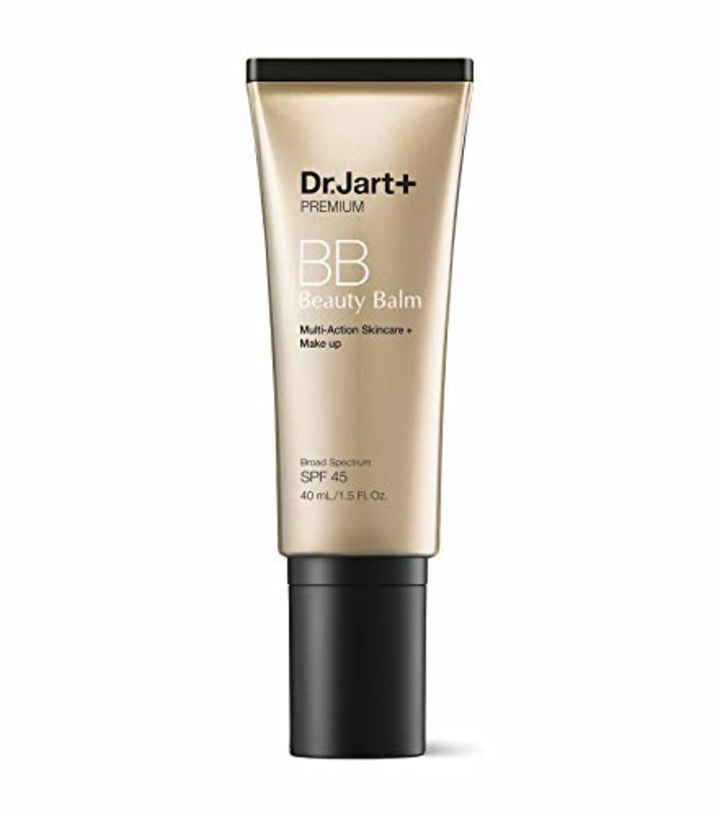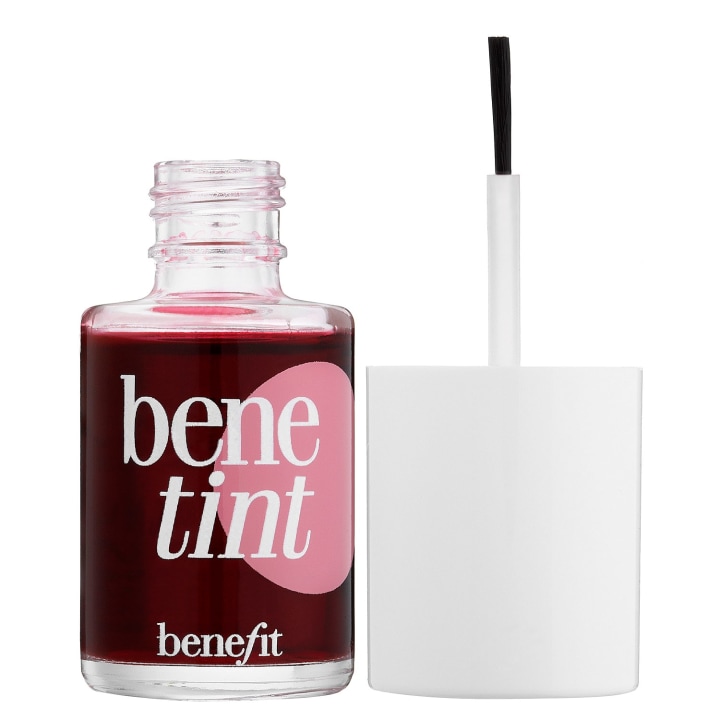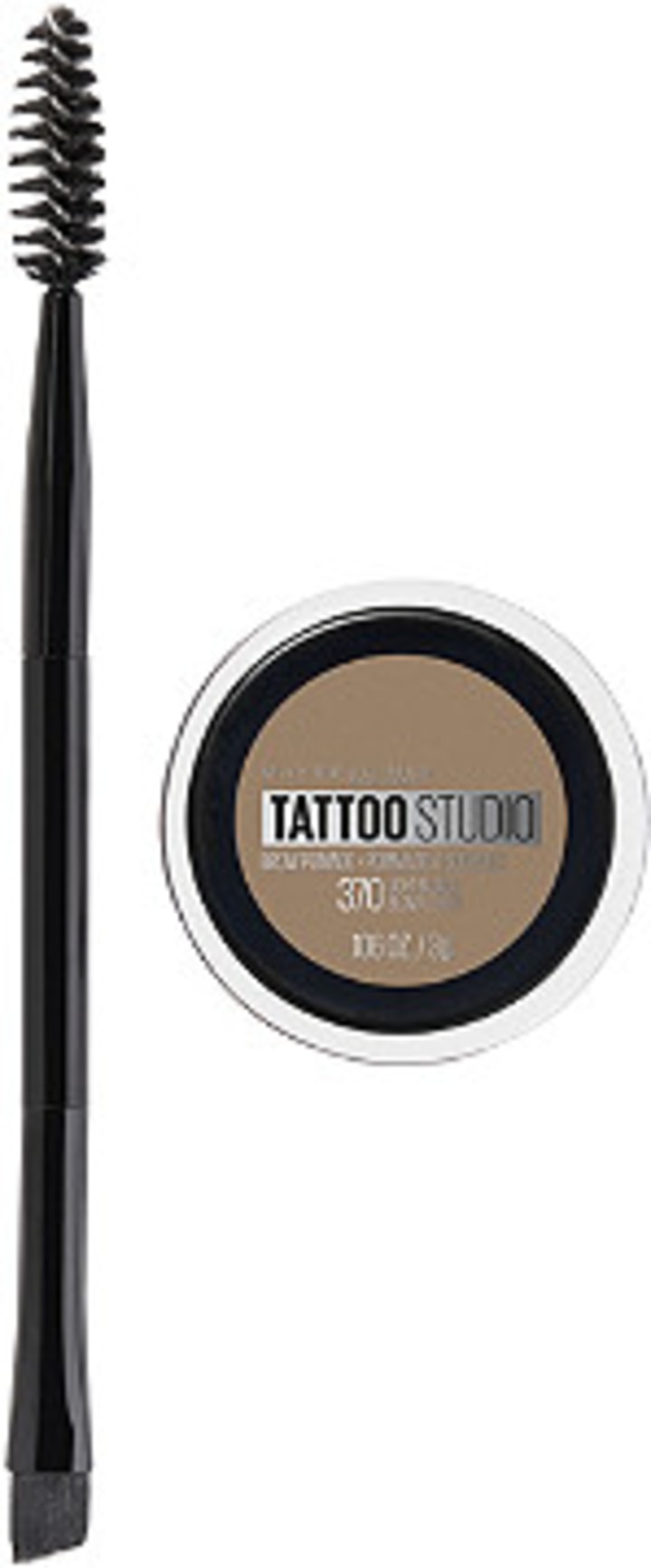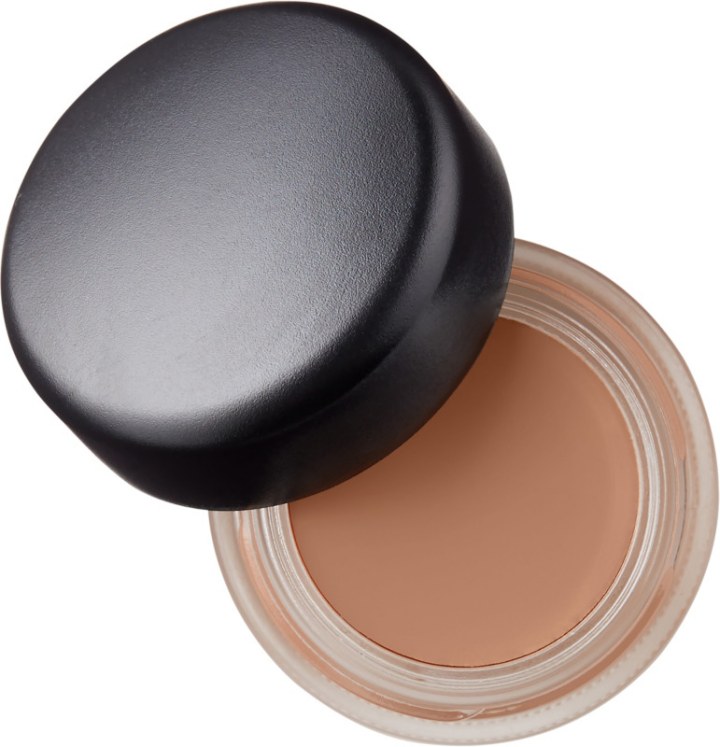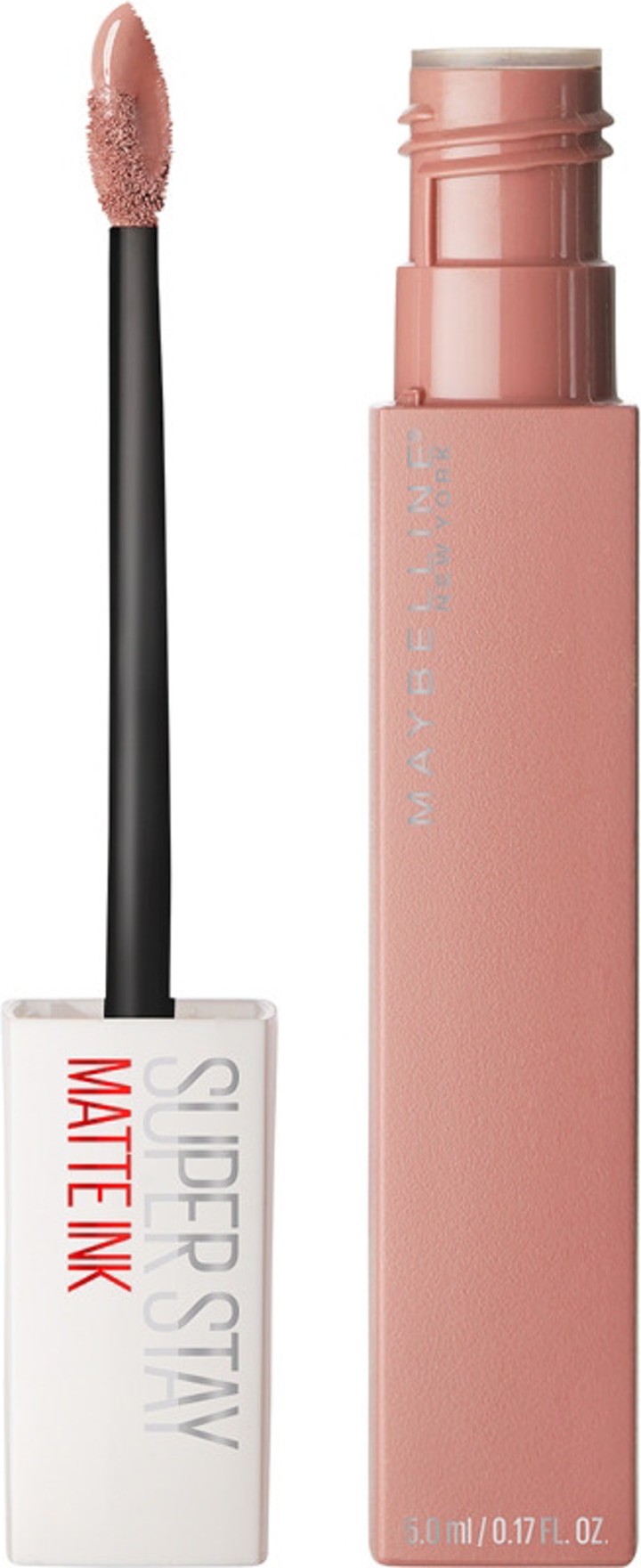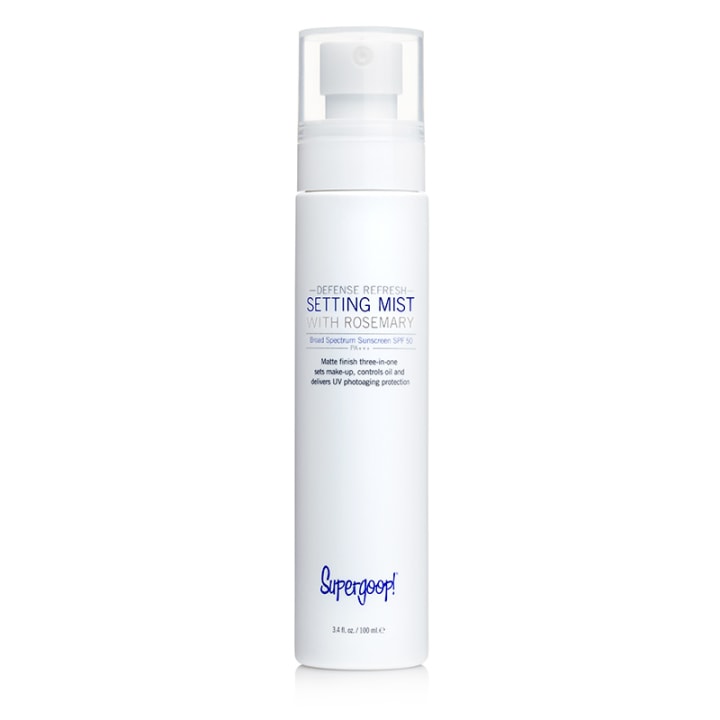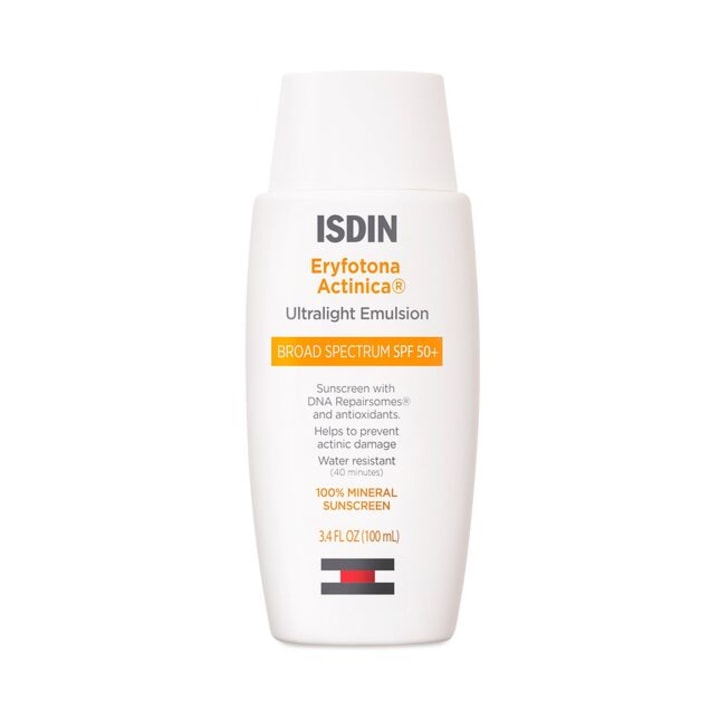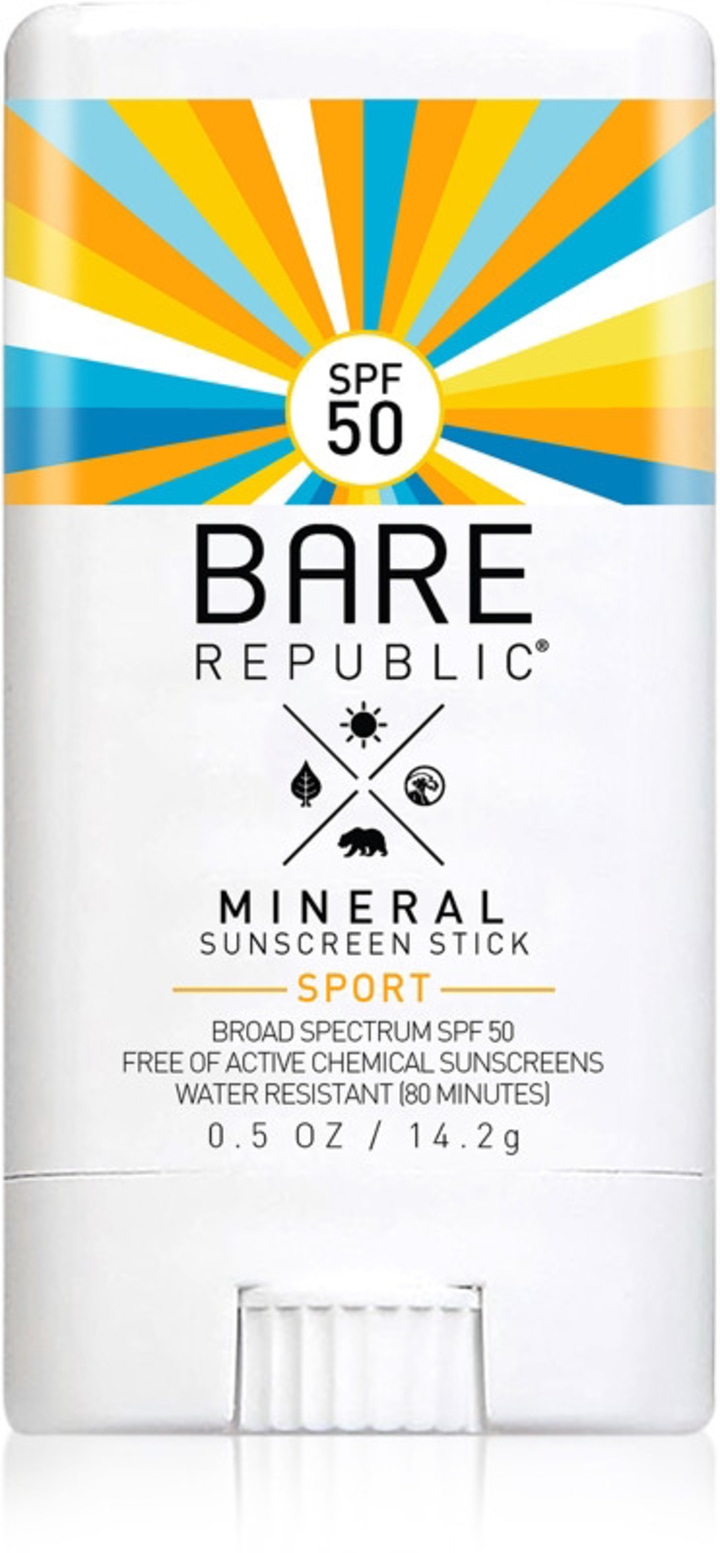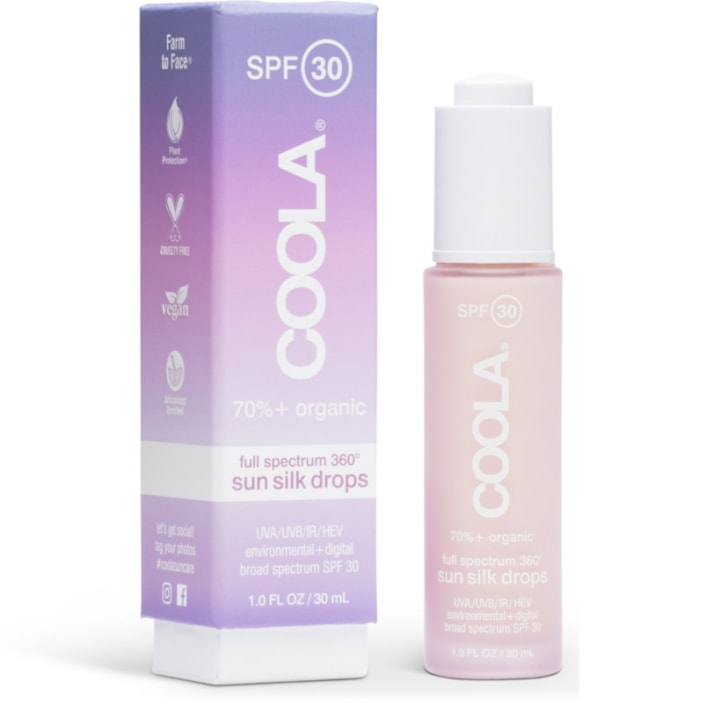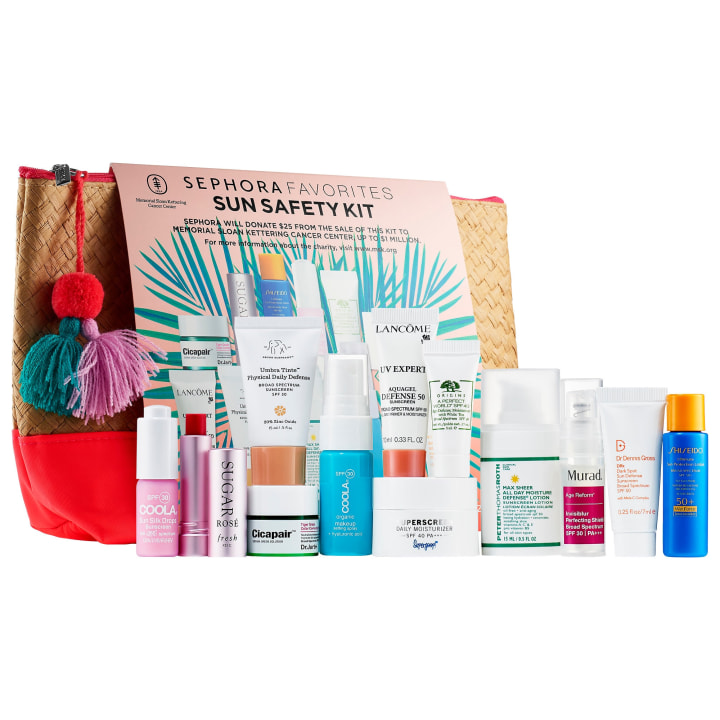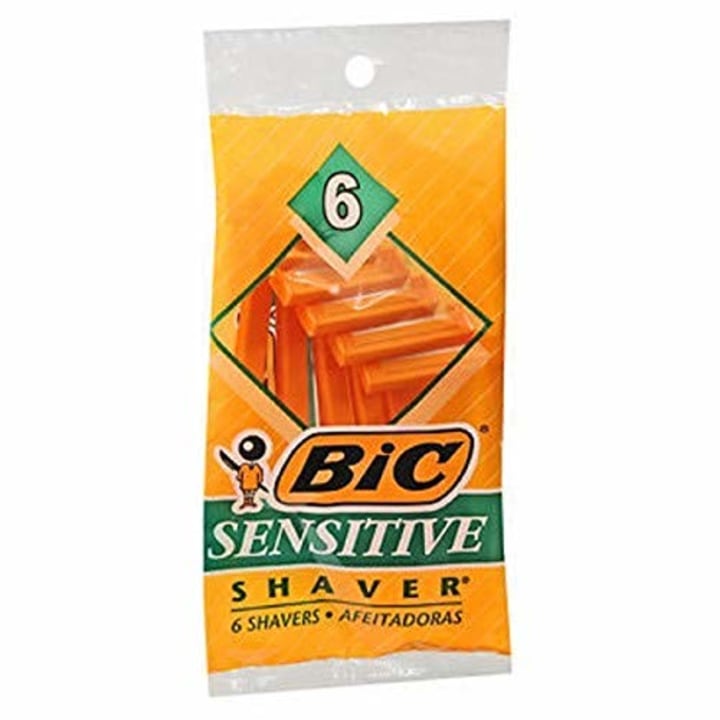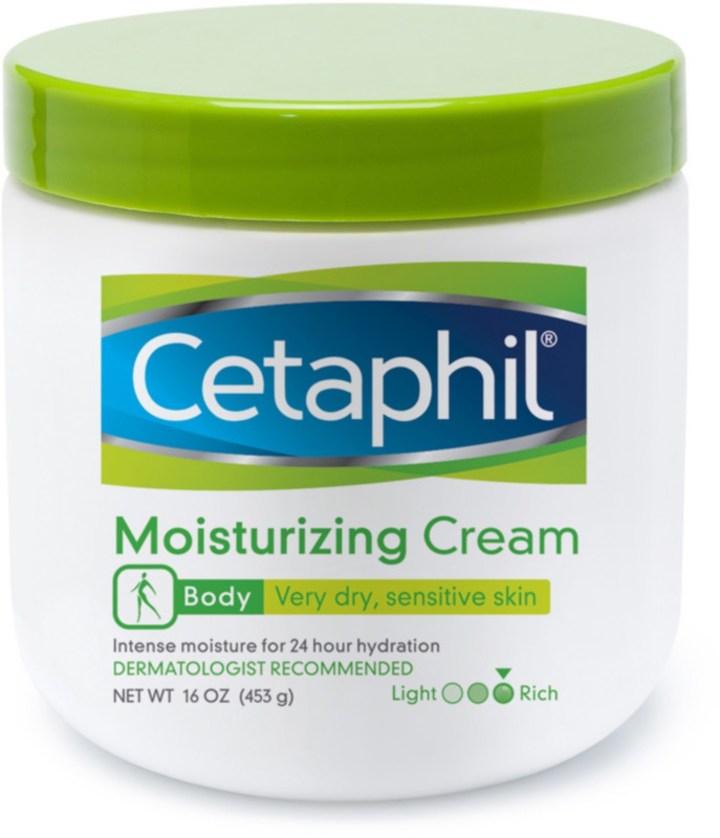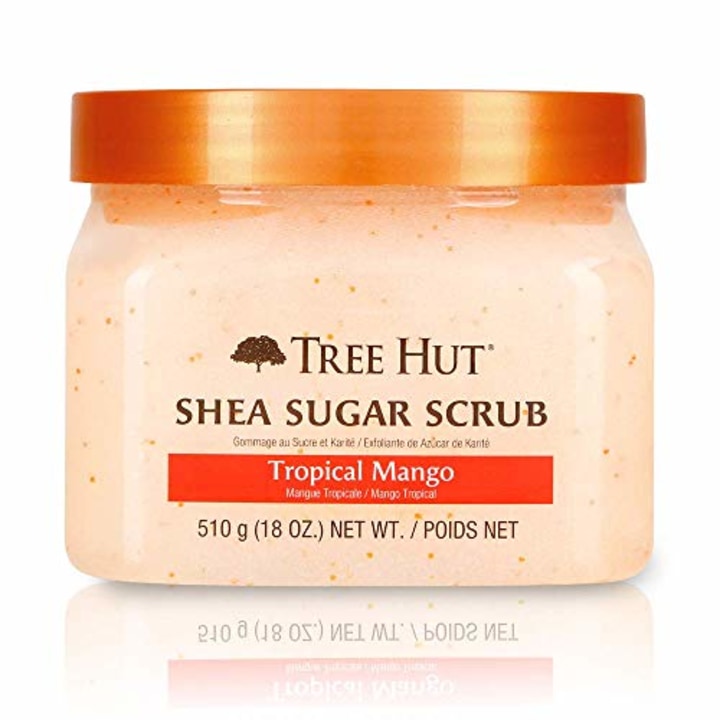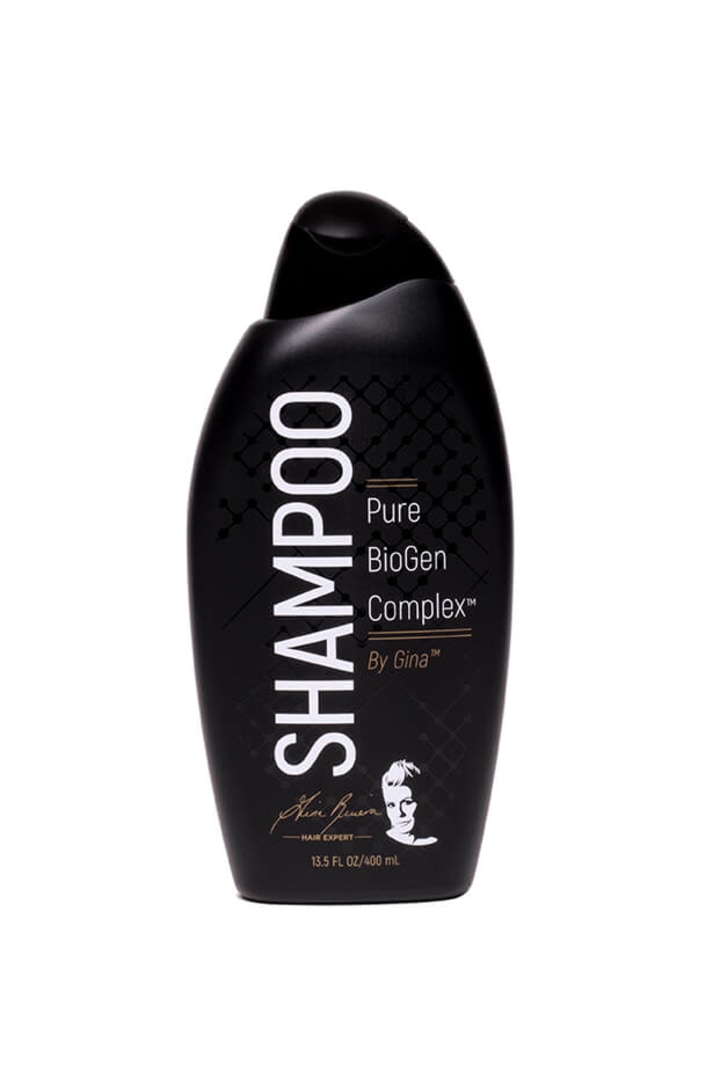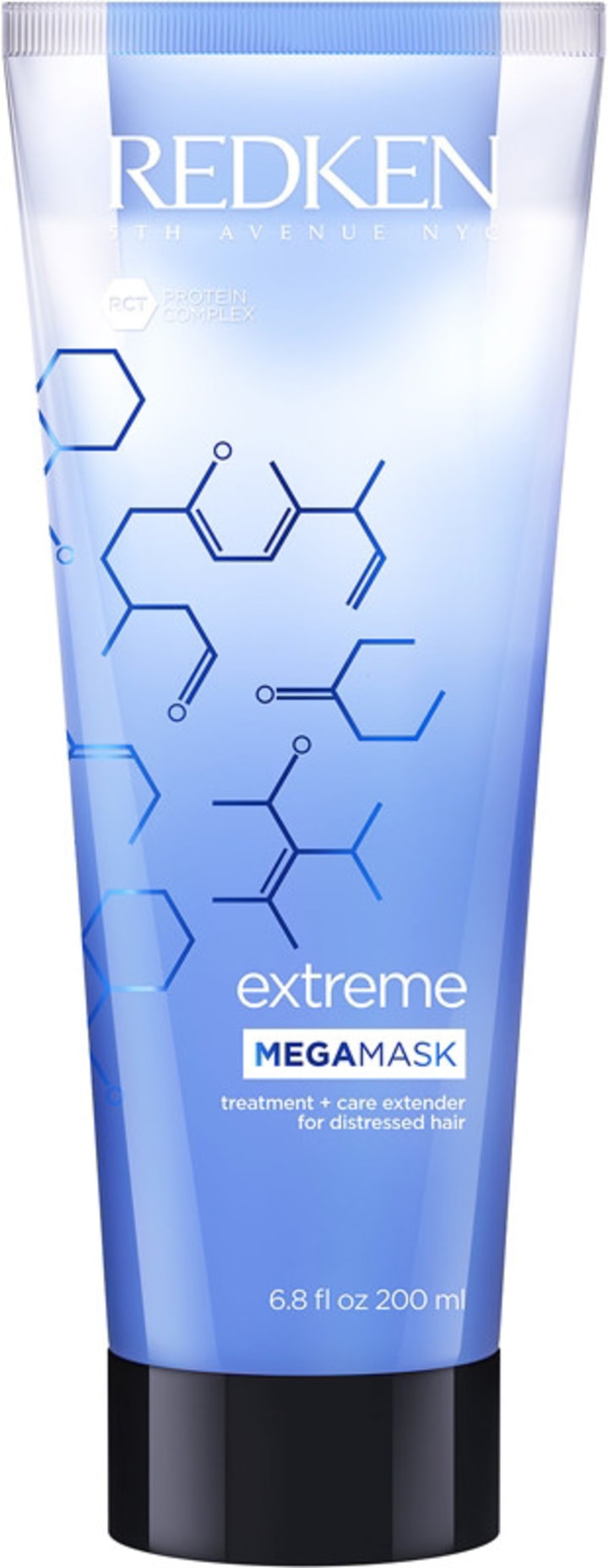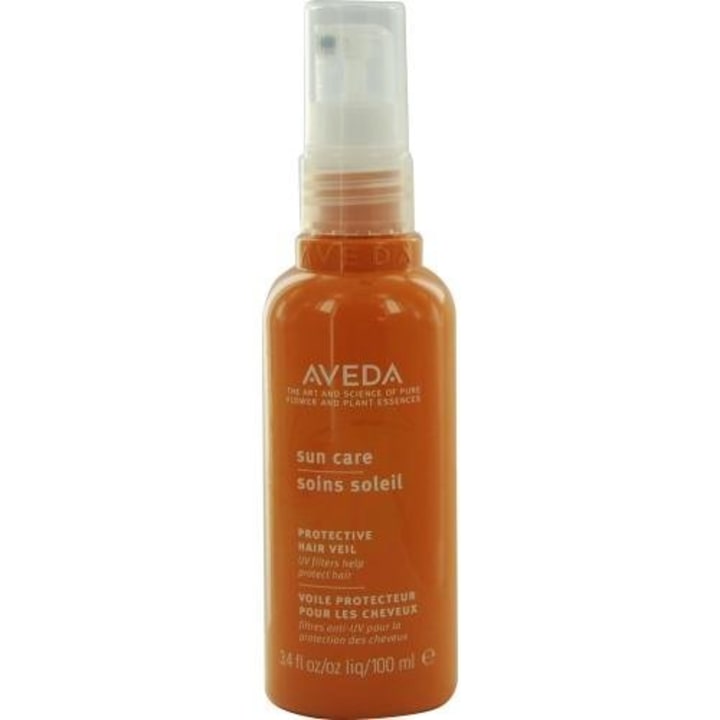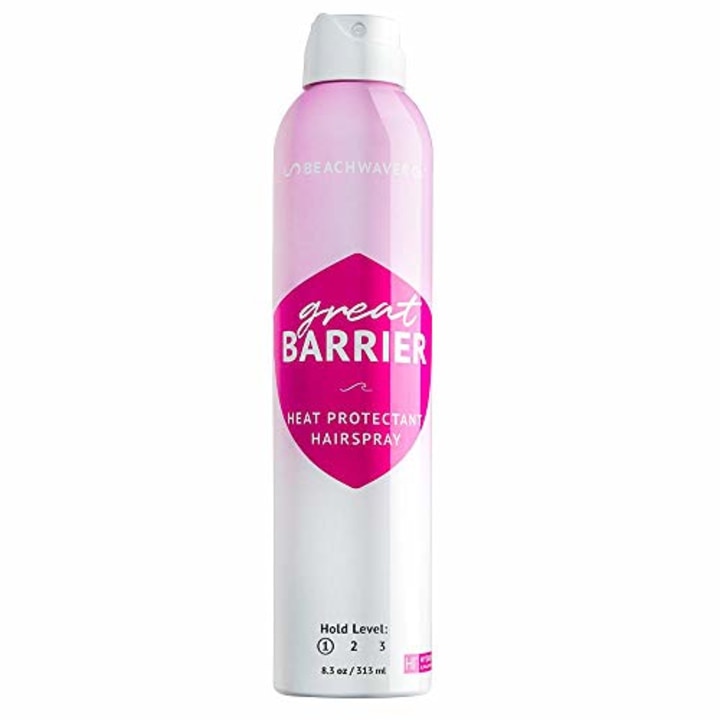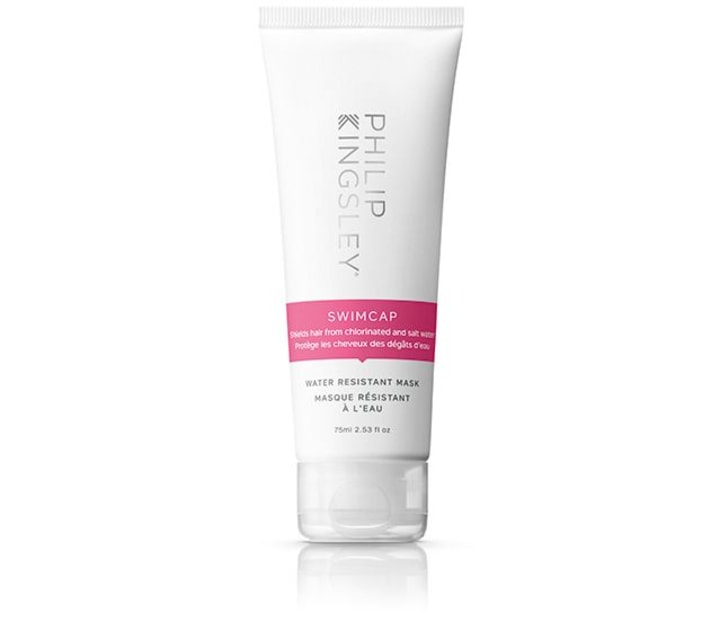NBC.com – Sweating, chafing, chlorine: Solutions to summer’s biggest hair and skin challenges Featuring Gina Rivera
Marie Claire: These Shampoos Will Make Your Hair Grow, According to Stylists and Derms featuring BioGen Complex by Gina
08/19/2019Total Beauty: Kristin Ess on the One Purple Shampoo featuring Gina Rivera
09/04/2019Summer certainly has its perks (among them warm weather, sunny skies and opportunities to hit the beach with family and friends), but with a rise in temperature also comes a wave of new beauty challenges. After all, it can be hard to enjoy the moment when you have sweat (and likely all of your makeup) running down your face.
From excess frizz (yes, it can be tamed) to sun damage (there’s a chance you’re not protecting yourself as well as you should be), and all of the prickly, burning heat and razor rash in between, read on as experts break down some of summer’s biggest hair, face and body concerns and provide tips for finally combating them.
The concern: Excessive sweating
Why it happens: If you’re considering walking around with a warning sign that reads ‘splash zone’, you’re certainly not alone because, as Dr. Zeichner, MD, a board-certified dermatologist and director of cosmetic and clinical research of dermatology at Mount Sinai Hospital in New York City, points out, sweat — especially in summer months — is simply unavoidable. “Our body sweats to help maintain its core temperature, with production typically increasing as we warm up due to a rise in outside temperature or an increased exertion of energy forcing the body to work harder,” Dr. Zeichner explains.
It’s also (for the most part) uncontrollable. “It’s wired in our nervous system, which is why many experience more sweat when exposed to physical or emotional stress,” he says. Zeichner also notes that, while often inconvenient and sometimes embarrassing, sweat itself is actually odorless. “It’s the bacteria that lives on the skin that can break down sweat and lead to a foul smell.”
Your best defense: There are a few things you can do to help dial back the water works. “Opt for a cool shower, or at least a cool post-shower rinse, to refresh and prep skin. Once completely dry, deodorant is typically your best defense when it comes to keeping underarm sweat contained,” advises Zeichner. He recommends Dr. Sweat, a new over-the-counter antiperspirant he says works differently than traditional products. “It uses aluminum chloride to create mild swelling around the sweat gland, preventing wetness from reaching the surface of the skin.”
If that isn’t helping, you may want to visit your dermatologist to discuss alternative options. “For example, there’s a new prescription antiperspirant called Qbrexza that actually decreases the amount of sweat that is made under the arms,” he adds. If you’d prefer an aluminum-free option, Zeichner recommends one that contains clay or charcoal (this new deodorant from Yes To goes on clear and promises 24 hours of protection) to help clarify the skin and absorb sweat.
As for the rest of the body, you’ll want to stick to minimal or waterproof products if possible (more on that to come), ideally stashing a few essentials for freshening up on the go (Lululemon’s new selfcare line was designed for the sweat-inclined). It can also help to opt for lightweight, breathable and sweat-wicking fabrics. “Of course, a good fan and air conditioning can go a long way when it comes to staying inside and getting ready to go out,” adds Zeichner.
The concern: Chafing
Why it happens: Unfortunately, wearing less clothing in an attempt to stay cool can also mean more skin-on-skin contact. “Chafing develops because of trauma from rubbing of the skin, which physically disrupts the outer skin layer, causing redness, inflammation and sometimes even painful, raw skin. When we are wearing shorts and skirts rather than pants, the skin is more exposed and chafing is more likely to occur,” explains Zeichner.
Your best defense: Aside from wearing longer shorts or pants to avoid skin-on-skin contact where possible, Zeichner says the best way to prevent chafing is to apply a protective barrier over the skin, therefore minimizing friction. “Try applying Aveeno Cracked Skin Relief Moisturizing CICA Balm to the inner thighs and any other areas of concern. It contains colloidal oatmeal, which helps keep skin smooth and dry, in a skin-healing balm vehicle,” Zeichner advises. Love Anybody also has an Anti-Chafe Stick for easy reapplication while out and about.
The concern: Oily skin
Why it happens: While teenagers typically experience oily skin due to overactive hormones, most oily skin found in adults is due to inflammation of the skin or hormonal imbalances, says Dr. Julie Russak, MD, FAAD, founder and CEO of the Russak Dermatology Clinic in New York.
“It’s usually a factor of genetics (larger pores, for example, tend to produce more oil), along with environment and lifestyle choices. In summer months, people are typically exposed to temperatures that are higher than that of our bodies, which triggers our bodies to produce more sweat. When sweat stays on the skin, minerals in the sweat sometimes clog the oil glands, which can cause them to become inflamed and increase more oil gland-clogging sebum,” she explains.
She also says that certain conditions, such as seborrheic dermatitis (in which case there is irregular sebum production or an increase in the internal inflammatory state that causes excessive oil to produce) and harsh ingredients (such as soap, which can produce particles that strip skin of natural oils and therefore trigger a response in the skin to produce more) can make matters worse.
Your best defense: To help keep sebum at bay, Dr. Russak recommends looking for products that read non-comedogenic or contain anti-inflammatory ingredients (such as niacinamide or sulfur), as well as ceramides, which can help to rebuild the protective barrier of the skin and make it stronger. She recommends washing twice a day in simmer months, using a cleanser with glycolic or salicylic acids (she likes SkinCeuticals’ LHA Cleanser Gel), which help exfoliate dead skin cells, oil and dirt from pores. “You can also try incorporating a toner (such as Biologique Recherche Lotion P50), clarifying mask or peel pads (like these from Sanitas Skincare) with additional exfoliating and oil-absorbing properties, as needed. To avoid having them be too strong, I like to make sure the formula also contains some hydrating ingredients, such as aloe or calendula,” she explains.
In addition, Russak says you’ll want to avoid lipid-based formulas often found in moisturizers (she recommends SkinCeuticals Metacell Renewal B3, as an alternative) and oil-based makeup as much as possible. “Anti-aging makeup and skincare can often have a higher concentration of these. Opt for matte finishes (this foundation from Tarte has added oil control) and a powder-based sunscreen (this one from Colorescience has an SPF of 50), and try to keep blotting sheetson hand to help soak up any excess oils,” she advises.
The concern: Melting makeup
Why it happens: When faced (quite literally) with excess sweat and oil, it can seem nearly impossible to keep makeup from running (sometimes pouring) down, making a mess of yourself and light-colored summer attire. “In colder months leading up to spring and summer, we tend to slather on thick, creamy products in an attempt to protect and keep skin hydrated amidst frigid temperatures and high winds, among other elements, so skin can also be oilier and aide in the breakdown of makeup as a result,” explains Ashleigh Ciucci, a makeup artist in New York City.
Your best defense: According to Ciucci, the most important step in keeping makeup fresh in summer months is prep. “I start my day by running an ice cube across my face and down my neck. Not only does it feel amazing, but it tightens pores from the start,” she says.
Like Russak, Ciucci then recommends applying an SPF (ideally a lightweight serum) to cleansed skin to protect skin from the sun and serve in place of a primer. “While it makes sense to use a primer as a tool for longevity, I find the more you put on your face, the more product there is to melt down,” she explains.
As a next step, Ciucci recommends a BB or CC cream with added SPF (she likes Dr. Jart+ Premium Beauty Balm) for lightweight coverage and additional protection, adding a flush of color with a cheek stain, and defining brows with a pomade (such as this budget-friendly pick from Maybelline) that will set quickly and stay put.
When it comes to eye shadow, she likes to use a waterproof cream (like this paint pot from MAC) on its own or as a base for powder shadows. “Tube-technology mascara is my favorite when it comes to avoiding the sweaty raccoon look. This modern technology (as found in this mascara from Kevyn Aucoin) forms tubes on each lash, sealing in the color and curl. When you remove the mascara, the tubes will fall into your sink and look similar to your real lashes so don’t be alarmed!”
Ciucci prefers a glossy lip this time of year. “If you’d prefer to go the way of lipstick and liner, start by powdering your lips — your pencil will grip better and will be less likely to feather. You’ll also want to prioritize waterproof liners and liquid lipsticks for staying power,” she advises. She recommends a mattifying facial mist (such as this spray from Supergoop!) to seal the look and, like Russak, blotting papers to soak up any excess moisture throughout the day.
The concern: Sun damage
Why it happens: While Russak points out that damage can occur year-round, she says there’s a higher concentration of UV radiation in the summer due to the positioning of the sun. People are also typically spending more time outdoors — in less clothing — in hotter months, meaning exposure is much greater.
“Those wavelengths can cause direct damage to our DNA, causing mutation and indirectly triggering free radicals that also damage proteins and DNA. This can break down collagen and elastin, weakening and thinning out the skin (leading to premature wrinkles), as well as cause broken capillaries and brown pigment (dark spots) to surface,” Russak explains. She notes that higher points of the face tend to get more exposure, which is also why we tend to see dark spots forming and freckles darkening along the nose and cheekbones.
Your best defense: Aside from avoiding direct sun completely, your best line of defense is ensuring you use an SPF when going outside, says Russak. “I recommend opting for a sunscreen that uses mineral blockers such as zinc or titanium (my go-to brands are Revision and EltaMD) and applying to clean skin, being sure to cover often-overlooked areas such as the ears, neck, feet and hands (sticks and sprays can help), as well as the scalp (Supergoop! has a dedicated part powder) at least 30 minutes prior to leaving the house, ideally throwing on a hat and wearing sunglasses to guard from ocular melanoma,” she explains. “I also like to recommend ISDIN for these patients who’ve had precancerous and cancerous lesions because it not only provides UV defense, but also offers repairing abilities in the form of DNA Repairsomes and antioxidants.”
As for how much to apply, Russak says the FDA recommends a ‘full shot glass’ of sunscreen on the entire body per application, reapplying every 2-3 hours and avoiding sun exposure between 12 and 3 p.m. when UV radiation is typically at its highest, if possible. Up the ante by layering additional products that contain additional SPF protection, or add your own with these new SPF drops from COOLA. This Sun Safety Kit also makes it easy to try various formulas before you buy.
The concern: Hair removal
Why it happens: Not only is hair removal typically more top of mind come bikini season, but it can also be more problematic. “The increase of certain hair removal practices in general during the summer can lead to a multitude of issues, including nicks, cuts, razor burn, ingrown hairs and dry skin,” says Dr. Rita Linkner, MD, a board-certified dermatologist at Spring Street Dermatology in New York City. “Furthermore, exposure to chlorine, saltwater and sand can exacerbate these conditions.”
Shave in the shower using warm water to keep pores open longer (also minimizing irritation), and to shave with the direction of the grain of the hair, not against.
Waxing typically means less maintenance but, as Linkner points out, can also mean more ingrown hairs. “When you wax, you pull the hair out quickly along with the lining that guides the hair in the skin. When the skin grows back, it no longer has the lining to guide it and can’t always make its way out of the skin, resulting in an ingrown hair,” she explains. If you do wax, Linkner says it’s important to buff away dead skin cells (this scrub from Tree Hut also contains nourishing shea) a few days ahead of time to help avoid clogged pores and ingrown hairs and, if tackling at home, opting for strips to alleviate some of the mess (this kit from Nad’s doesn’t require any heat and is designed for sensitive skin).
If comfortable, Linkner recommends looking into laser hair removal, which she considers a worthy investment. “It’s essential to find a board-certified dermatologist for this who knows how to push the proper settings on the machine to eradicate hairs,” she cautions. As for what to expect, she says someone with fair skin and dark/coarse hair will typically need to commit to procedures once a month for 6 to 8 months in a row to achieve an 80 percent hair reduction.
The concern: Excess frizz
Heat causes the hair cuticle to open, rendering it unable to retain the necessary moisture to prevent dry hair and frizz.
Your best defense: When it comes to combating frizz, both Lin and Gina Rivera, a celebrity hair artist and creator of Phenix Salon Suites, say hydration is key, recommending a water and protein-based hydrating cleanser and conditioner (Rivera relies on her own By Gina Biogen Complex line, which is sulfate-free), treatment (Lin’s go-to is Pai-Shau’s Biphasic Infusion,which he says provides weightless moisture and leaves hair looking like pure silk) and weekly mask (Rivera also likes this one from Redken). Lin suggests avoiding hot water if possible, and getting in the habit of rinsing hair in cold water after conditioning, as this will help close up cuticles, protect hair and lock in moisture. “I also like the cold towel trick. Just wet a towel with cold water, wrap it around your hair, and remove when no longer cold,” he says. If you absolutely must use a heat styler, try rough-drying to cut back on time, opt for a lower heat setting and use a heat protectant (this spray from Drybar is a popular choice). “When blow-drying, finish off by blowing cool air on a low speed to remove excessive heat,” says Lin.
Rivera also recommends looking for infrared technologies, which she says can help lock moisture in. “I’d also try to avoid brushes with harsh bristles, instead opting for a ceramic brush or wide-tooth comb,” Lin adds. As for when you’re going outside, Rivera suggests using a protective spray (like Aveda’s Sun Care Protective Hair Veil) and styler (like this hairspray from The Beachwaver Co.) and, as Russak mentioned, covering hair with a hat or scarf if possible.
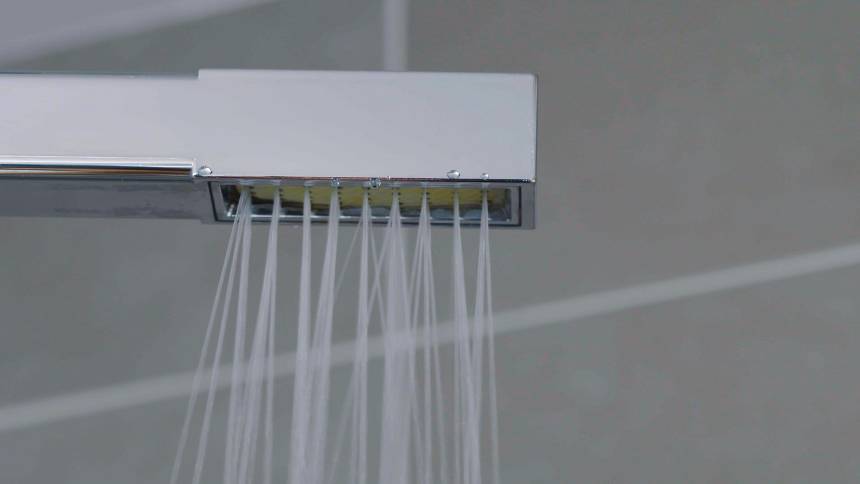
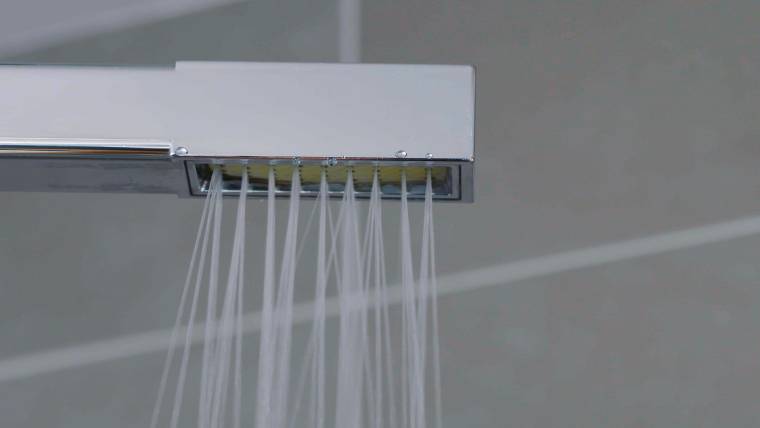
The concern: Chlorine
Why it happens: As if heat and chemicals from products weren’t scary enough, Rivera cautions that chlorine — typically used to keep pools clean — can prove very harsh on the hair and can quickly build up without proper care. “Over time, it can make the hair very dull and dry, especially if the hair is already dry from coloring, improper styling or over exposure to summer heat and the elements,” she says. If your hair is extremely light already, it can also become green. “Copper compounds, also found in pools, are greenish in nature. When they react with the chlorine, they can bind to hair, causing a greenish cast if you’re not careful.”
Your best defense: It might sound counter-intuitive, but Rivera says it can actually help to wet hair prior to entering the pool. “Hair that is already moist will soak up chemicals at a slower rate. It’s also very important to shampoo the hair immediately after exiting the pool to remove any buildup that you can right away,” Rivera explains. “I like to use baking soda and water. Just create a paste (half and half) and massage through the hair. There are also some excellent clarifying shampoos and conditioners on the market (I like Redken’s Clean Maniac line),” she adds. There are also products (such as Philip Kingsley’s Swimcap) that can work as a protective shield for hair in the water itself.
To read the full article at NBC.com visit:
https://www.nbcnews.com/better/lifestyle/sweating-chaffing-chlorine-solutions-summer-s-biggest-hair-skin-challenges-ncna1041916




